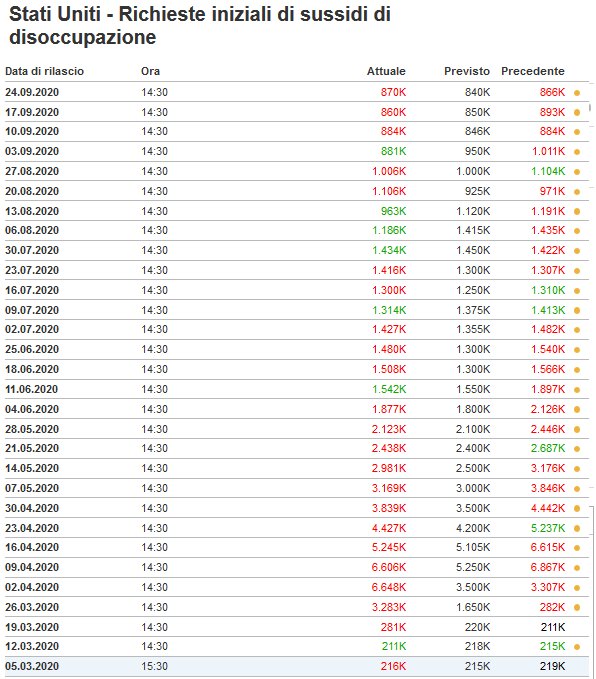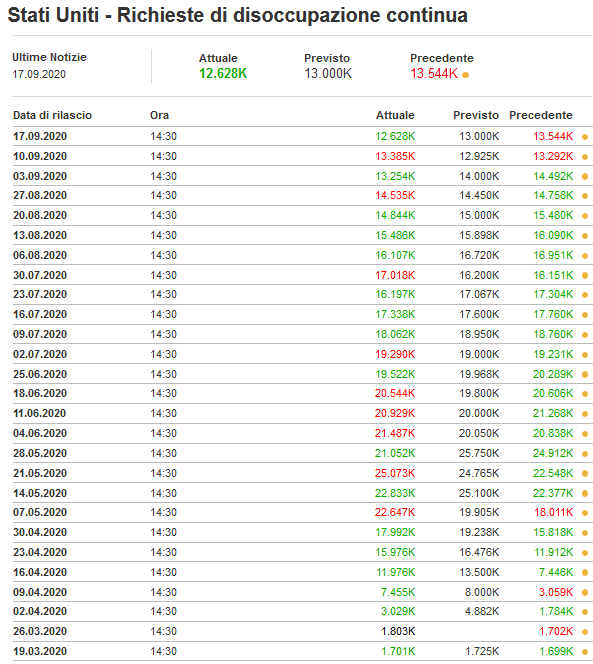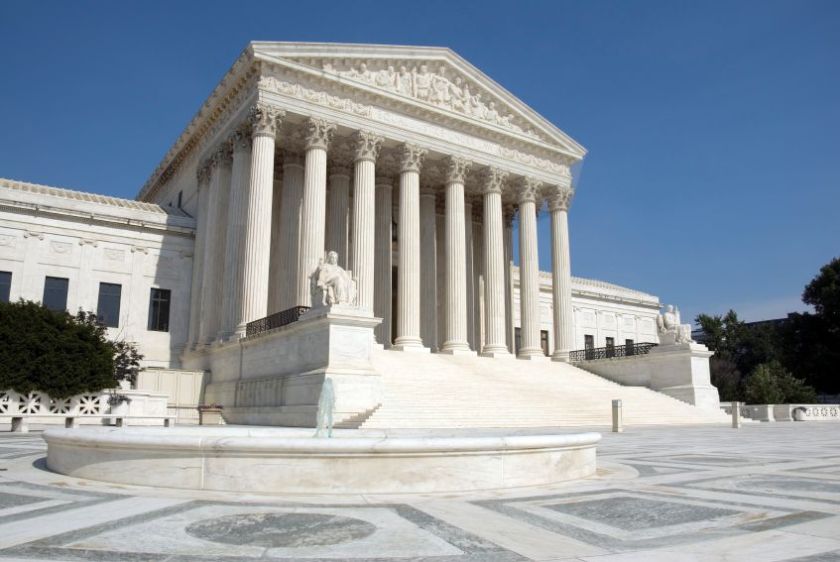Giuseppe Sandro Mela.
2021-02-21.
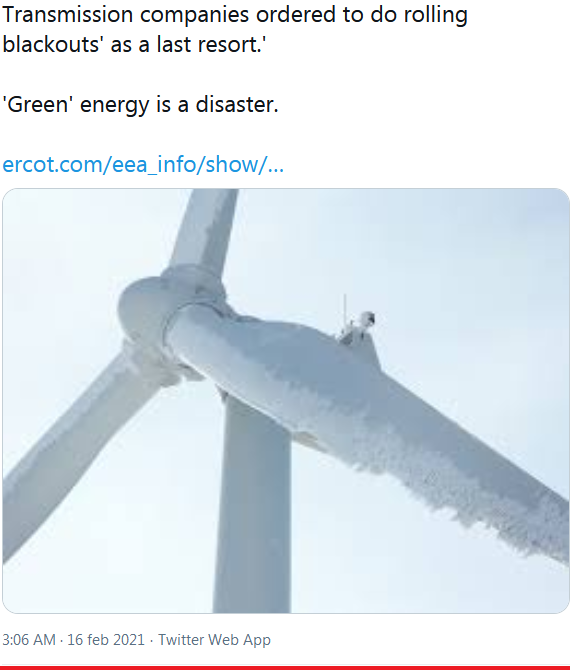
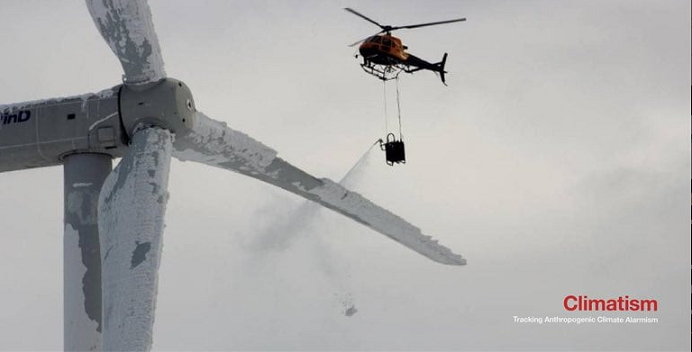
Le due fotografie dovrebbero essere autoesplicative.
Durante l’inverno nei climi continentali è facile scendere sotto lo zero. Le pale eoliche si ricoprono di neve ghiacciata e le turbine devono essere disattivate. Non solo. Il peso del ghiaccio può portare anche al crollo del traliccio di sostegno.
Ecco allora che, sempre che il vento gelido lo permetta, in Svezia si deve mandare un elicottero, azionato da combustibile fossile, che irrori le pale di vapori caldi, generati anche essi tramite combustibili fossili. Operazione che non sempre riesce.
Nell’America, in cui vi sono immani campi di generatori eolici, tutto questo induce giganteschi blackout, che lasciano al gelo ed al buio milioni di persone, per non parlare del sistema industriale messo a ko per carenza di energia elettrica. E questo avviene proprio mentre più ci sarebbe bisogno di disporre di buone quantità di energia elettrica.
Non solo. Il grid è vetusto a fatiscente: non regge le richieste di picco.
Per non parlare poi delle tubazioni idriche: con il gelo l’acqua ghiaccia e spacca i tubi mal coibentati.
La realtà dei fatti sberleffa le utopie.
* * * * * * *
Nota.
L’articolo riportato è di Bloomberg, non de Il Lercio. ….
U.S. Power Crisis Leaves Millions Cold, Dark as Blackouts Expand.
– Blackouts are hitting states from North Dakota to Oklahoma
– Texas shortages continue with millions cut off amid freeze
*
The energy crisis crippling power grids across the U.S. showed no sign of abating on Tuesday morning as blackouts left almost 5 million customers without electricity during unprecedented cold weather.
To prevent the collapse of their networks, suppliers from North Dakota to Texas are having to institute rolling power cuts for the second consecutive day to limit demand. The severe shortages are likely to continue throughout Tuesday, and the deep freeze is forecast to remain until Wednesday at least.
Officials have reported two people dead, likely from cold, according to the Associated Press. Medical centers are rushing to administer vaccines before they go bad. Flights are grounded. More than a million barrels a day of oil and 10 billion cubic feet of gas production are shut and massive refineries have halted gasoline and diesel output.
The Southwest Power Pool, which controls a grid spanning 14 states from North Dakota to Oklahoma, ordered rotating outages for a second consecutive day. President Joe Biden approved an emergency declaration for Texas, making more resources available to help.
“I’ve been following energy markets and grid issues for a while, and I cannot recall an extreme weather event that impacted such a large swath of the nation in this manner — the situation is critical,” said Neil Chatterjee, a member of the U.S. Federal Energy Regulatory Commission.
The cold blast is just the latest in a chain of severe weather events that have shaken power grids and upended energy markets globally from Japan to France in recent months. They’ve all underscored how vulnerable the world has become in the face of increasingly unpredictable weather brought on by climate change and it’s raising questions about the global push to electrify everything from transportation to heating and cooling.
Almost 4 million homes and businesses were without power across Texas on Tuesday, based on utility outage data compiled by Poweroutage.us. Another 400,000 were down in a swathe of states stretching from Louisiana to Ohio and Virginia. Almost 250,000 were without power in Oregon.
In Mexico, over 4.7 million homes and businesses went dark after Texas’s shortages triggered cascading failures. But about 65% of those affected in Mexico had seen their power restored by midday, according to grid operator Cenace.
While temperatures are forecast to rise, the weather across the central U.S. will remain bitingly cold this week. Dallas, which was forecast to see a low of 2 degrees Fahrenheit (minus 17 degrees Celsius) late Monday, will reach a high of 29 by Wednesday, the National Weather Service said. But by late Thursday, readings will drop back into the teens.
Such drastic weather conditions are rare, especially in parts of Texas. In Houston, the state’s largest city, roads were iced over and people braved long lines to refill household propane canisters. Traffic and street lights are down. Firewood is selling out. Grocery stores have run out of essentials including milk.
This week’s cold front caught Texas’s highly decentralized power market especially by surprise. The region’s grid is designed for hot summers, not ice-cold winters, but many households rely on electricity to heat their home. Utilities there haven’t had to carry out rolling blackouts since 2011.
Extreme weather events are happening more frequently, a shift that’s attributed to the changing climate. In response, electrifying sectors like transport and heating to use green power is seen as vital to eliminating harmful emissions, but the world’s grid infrastructure may not be ready.
As electricity demand rises and grids rely more on wind and solar power, where supply oscillates with the weather, networks will have to increase access to back-up generation. In Texas, where both wind and gas-fired generation was hit by the cold snap, there wasn’t enough reserve power to keep the lights on.
Besides the impact on households, the cold is wreaking havoc on the energy industry itself. U.S. oil production has dropped by well over a million barrels a day, helping U.S. crude prices trade above $60 a barrel for the first time in more than year. The region’s refining complex — which produces almost half of the nation’s fuel — is struggling to limp along without power and gas supplies. Some of the largest oil refineries have shut altogether, threatening to reduce supplies of gasoline and diesel across the country.
Natural gas production has also been curtailed just as the cold caused demand to jump. At the Waha hub in Texas gas changed hands at $500 per million British thermal units on Monday, more than 100 times the price at the Henry Hub, the benchmark for the wider U.S.
Power plants with a combined capacity of more than 34 gigawatts were forced offline on Monday, including nuclear reactors, coal and gas generators and wind farms. It’s not yet clear why. Early on Tuesday, power generation in Texas had yet to stage any significant recovery.
Wind power generators were among the victims of the cold weather, with turbine blades rendered inoperable due to ice — a phenomenon that reduces efficiency and can ultimately stop them from spinning. Texas estimated that more than half of its wind power capacity had come offline.
At times, parts of Texas were colder than Alaska, according to the National Weather Service. In the Dallas-Fort Worth area it was 5 degrees Fahrenheit. Houston may pick up as much as 2 inches (5 centimeters) of snow overnight, along with ice and sleet, the National Weather Service said. It will get hit by another storm bringing ice and freezing rain Wednesday.
“The southern plains are in a cold pattern,” said David Roth, a senior branch forecaster at the U.S. Weather Prediction Center. “It is going to take a while for them to break out of it.”
– Average spot power across the Texas grid hit the state’s $9,000 per megawatt-hour price cap again on Monday.
– Liquefied natural gas exports from the U.S. plummeted after the freeze shut ports and wells.
– West Texas Intermediate futures rose by as much as 2.5%, above $60 a barrel for the first time in more than a year.
– Physical natural gas prices have swung anywhere between $50 to the high of $600 per million British thermal units.
